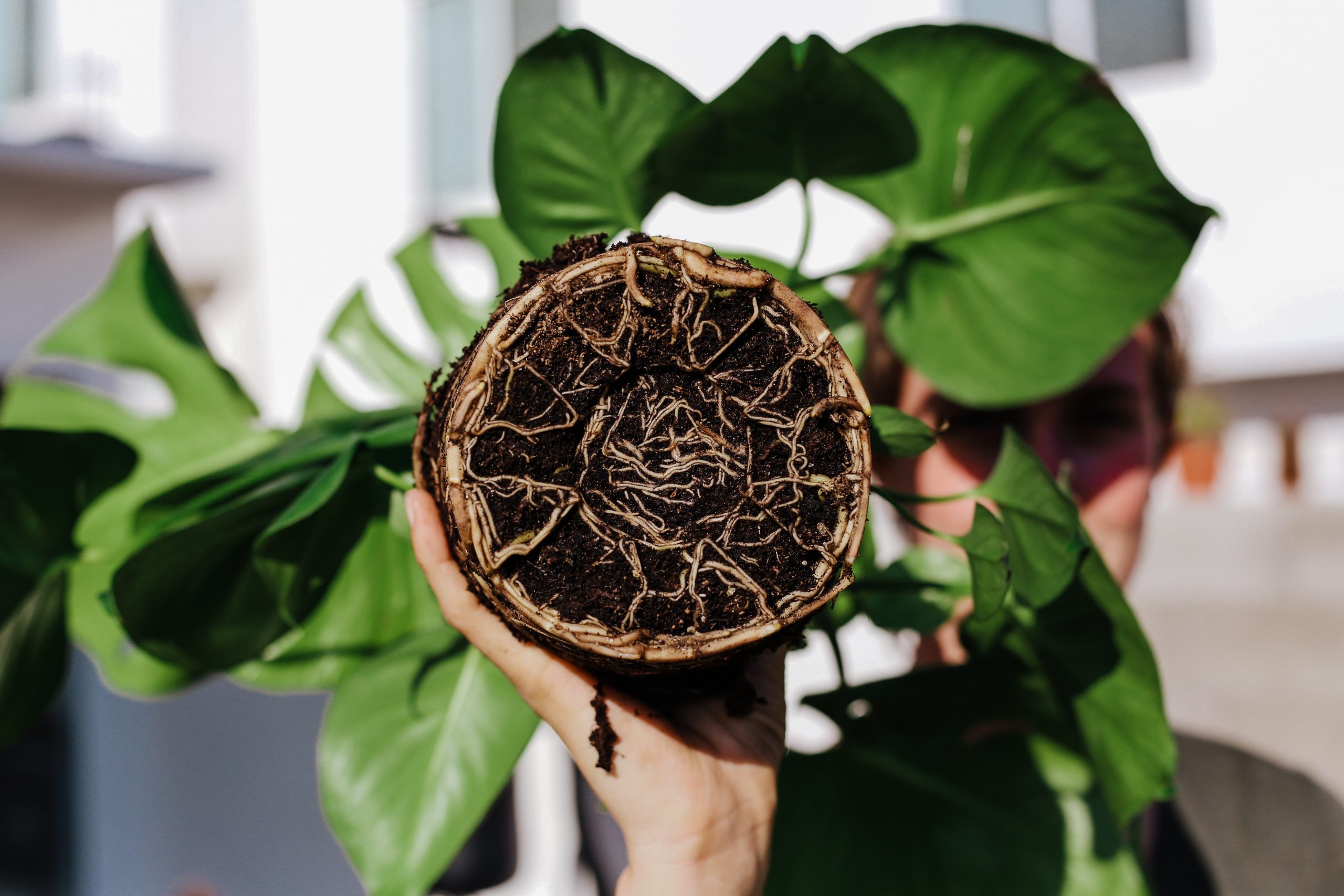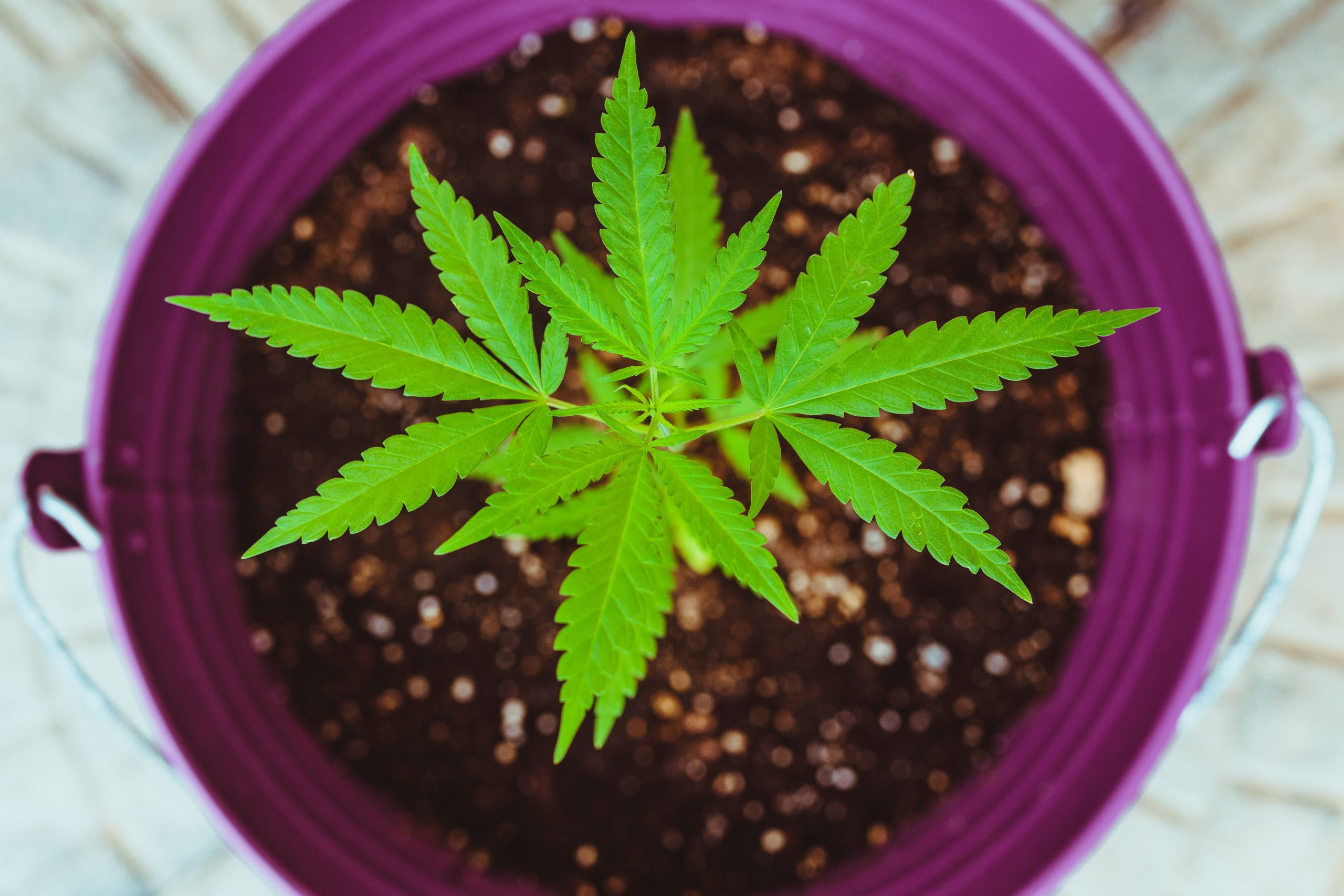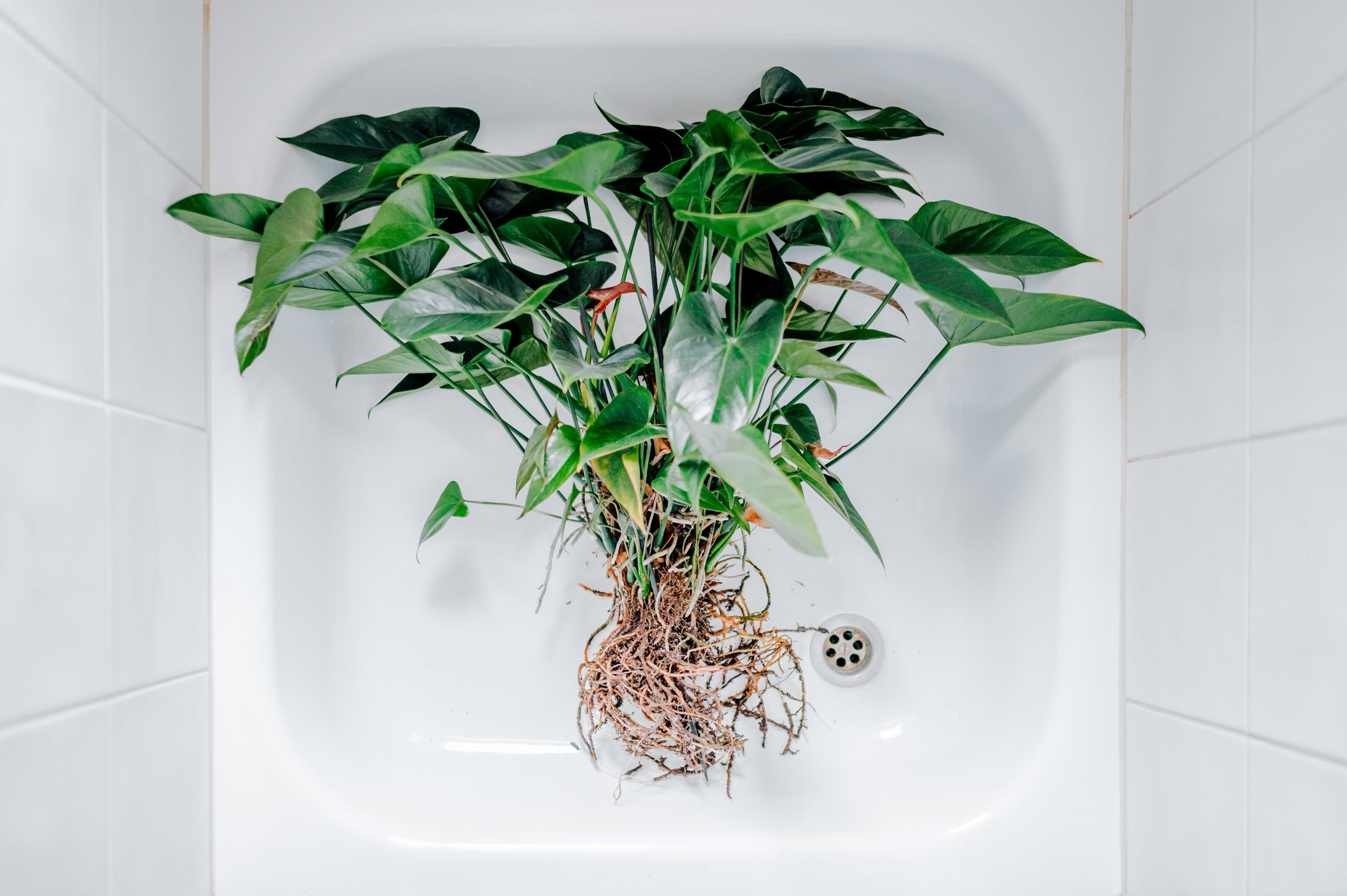
The roots of your cannabis plants can influence the success of the overall crop. Improperly maintained roots or roots infected with a virus/viroid/mold can strongly impact the yield and quality of the bud. In severe instances, damaged or infected roots can even kill your cannabis plants.
As the cannabis industry continues to grow, the need for testing becomes more and more important. However, just as equally important is the ability to properly prepare your testing samples. While any part of the cannabis plant can be tested, the roots provide valuable information that may not be read in other parts of the plant.

Photo by Josue Michel on Unsplash
In order to test your roots, the first step is to properly extract and clean them. This is a delicate process, and the best results are found when time and care are taken. Carefully cleaned roots can yield a treasure trove of valuable information about your plants’ health, including any viruses, molds, or deficiencies they may be suffering from.
The roots of the cannabis plant can tell you a lot about the plant’s overall health. It can also reveal what is ailing a plant. Think about the roots as a plant’s nervous system. When the nervous system is attacked by a virus/viroid/pest, it can result in the overall failing health of the plant.
In some cases, testing your roots can also provide information about what is wrong with your plants sooner than testing other parts of your plants. The roots are among some of the first parts of the plant to exhibit symptoms of a virus, viroid, or pest presence. However, to get the best results, it is vital to properly extract and clean your roots before testing.

Photo by Matthew Sichkaruk on Unsplash
Extracting the roots from your cannabis plant is a delicate and extremely important process. If done improperly, it can damage your plant, further stressing it and exacerbating the plant’s stress level. If a plant becomes too stressed, it will often result in seeding.
The key to successfully extracting the roots destined for testing is patience and a careful hand. When extracting the roots, carefully remove the plant from its pot, making sure to not damage any roots and further stress the plant. However, if testing the roots of a plant that has already been harvested, then this rule does not apply.
Select several roots that are easily accessible without breaking up the root ball. Extract the selected roots with sanitized trimmers and place the root sample on a clean tray or other clean storage containers. Once the root sample has been taken, carefully repot the plant if necessary, making sure to disturb the root ball as little as possible.

Photo by Mario Heller on Unsplash
The next step is to clean the roots prior to testing. It is important to remember that the roots are one of the most delicate parts of the cannabis plant. This is no less important than properly extracting the roots. If done improperly, it could impact the results of the testing.
When cleaning the root sample, do not use cleaning chemicals or unfiltered water. Doing so will contaminate your sample, resulting in inaccurate testing results. If cleaning is required, only use RO water without soap or chemicals. While some testing practices can benefit from having soil in the sample, others require just the root sample.
According to Fine Gardening, the best way to clean your roots for sample extraction, the first step is to soak the root ball to hydrate the media and make removing roots easier. The next step is to “Using your fingers or a stream of water, remove as much of the root ball media as you can. Return for more soaking if needed.”
After the roots have been properly extracted and cleaned, the last step is to store the roots for testing if they are not being tested straight away. Testing your roots right away is always the best option when possible.
If you are unable to test your roots right away, then properly storing the sample until it can be tested is just as important as proper cleaning or extracting them. Once the sample has been cleaned, it can then be stored in a dry, airtight bag or container. For best viability, the roots should be kept moist to prevent them from drying out. Place the container in a dark, cold area (such as a fridge) until it is time to test the root sample.
Testing should be done as soon as possible to ensure you are getting accurate results. Storing your testing sample for more than a few days could result in negative or inaccurate testing results. Whenever possible, please test your root sample the same day as collecting it.
When it comes to testing for viruses and viroids that impact cannabis crops, it is important to have high quality testing equipment. Verne Bio is proud to help put the power of testing into growers’ hands. Our I-Test and WE-Test kits are designed to provide testing capabilities without breaking the bank while never sacrificing quality.
To view our selection of testing material, please visit our online store to shop our entire inventory of testing kits and accessories. While shopping, visitors can also find a large selection of educational material to help expand their knowledge of the cannabis plant.
Questions about our kits or how to get started? We are here to help! Shoppers are able to reach out by using the form provided on our Contact page. Please fill out the form and we will respond with an answer as soon as possible.
When it comes to testing, especially root samples, Verne Bio is on your side. Our goal is to help cannabis industry professionals be equipped with the tools they need for whatever Mother Nature decides to throw at them. When you purchase Verne Bio testing kits, you are investing in the well-being of your cannabis plants.
Work Cited
Chalker, Linda. “Root Washing: Why and How to Wash Roots – FineGardening.” Fine Gardening, N/A, https://www.finegardening.com/article/root-washing-why-and-how-to-wash-roots. Accessed 30 April 2023.

to receive updates and news on our products, events and promos!